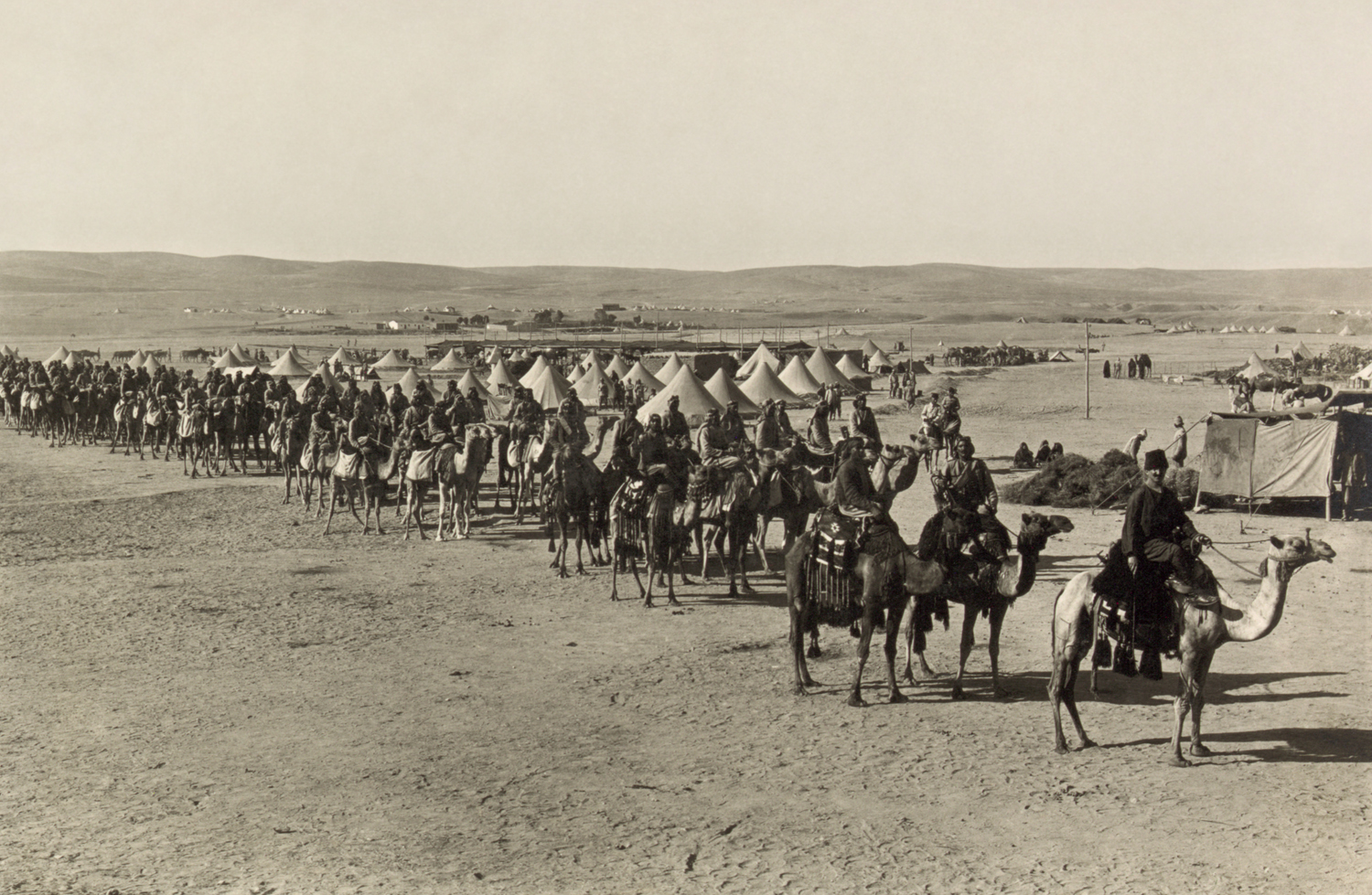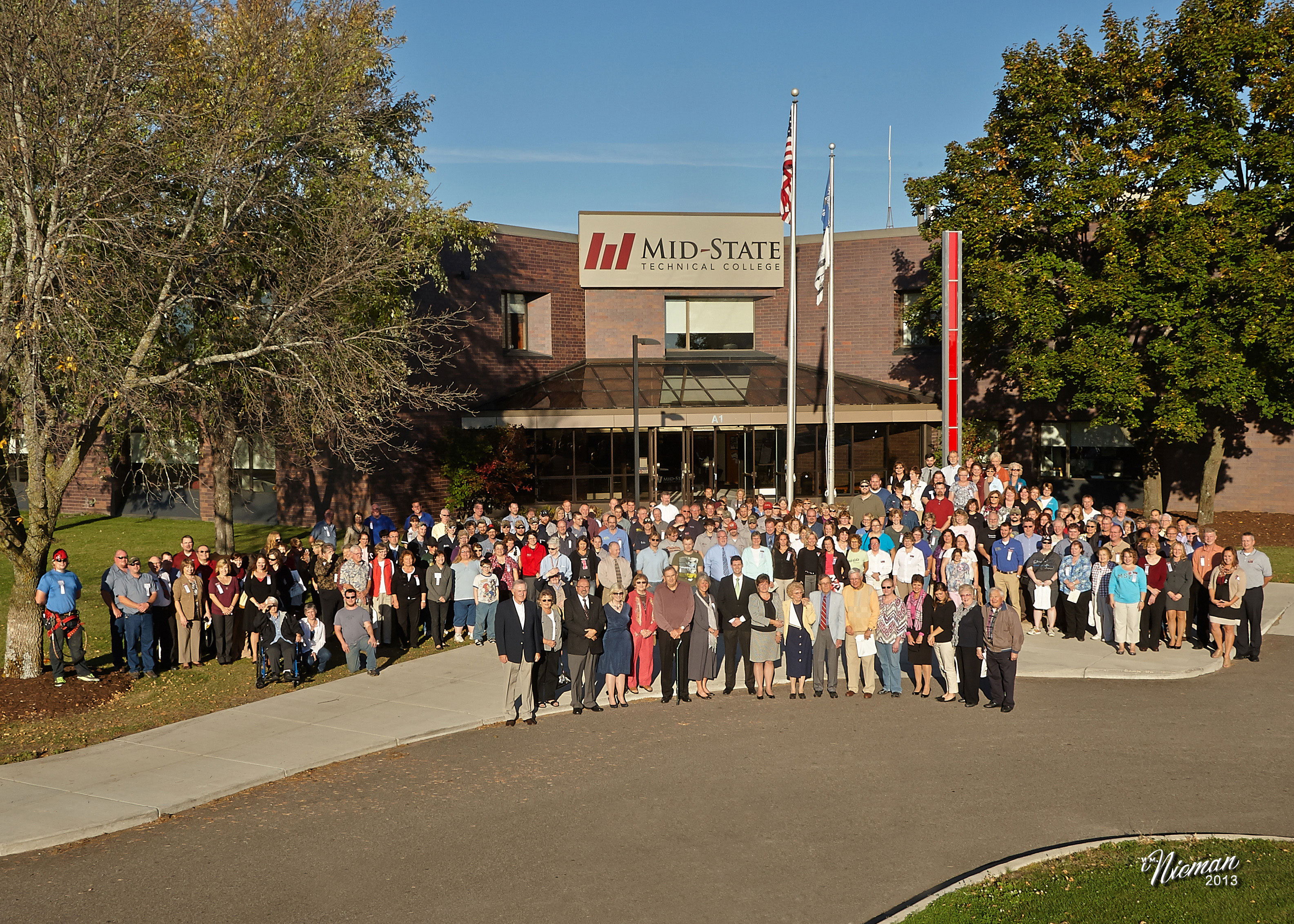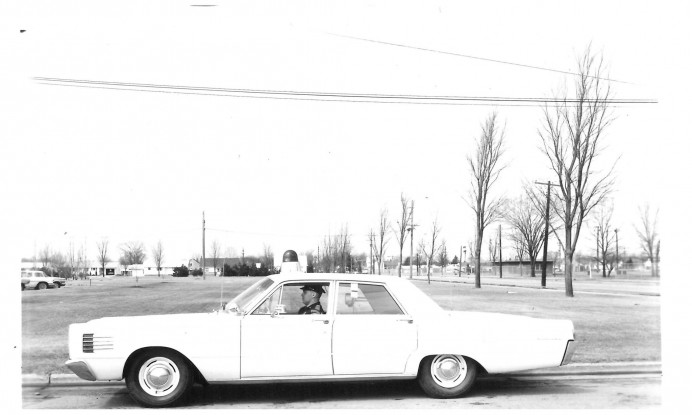100 Years Ago This Month in World War I

Submitted by Leon Schmidt and Gary Blum
The Battle for Jerusalem
When World War I began, the Ottoman Empire included Turkey, Syria, Lebanon, Iraq, Palestine, and the eastern side of the Arabian Peninsula along the Red Sea. In July, 1916, at the encouragement of the British, Sherif Hussein Ibn Ali of Mecca (later the King of the Hejaz) revolted against the Turks (the Ottoman regime). An archeologist named Thomas Edward Lawrence who had worked in the Middle East for years and spoke Arabic, was recruited by the British to become an intelligence officer. He was sent to establish good relations with Sherif Husen’s son, Feisal. A year later, Hussein’s son, Feisal, with the encouragement of Lawrence captured the town of Aquaba at the north end of the Red Sea, just south of Palestine. Lawrence became known as “Lawrence of Arabia”.
Southern Palestine has a natural boundary — the hills between Gaza, near the Mediterranean seacoast and Beersheba 25 miles inland. The British wanted to push the Turks back and advance northward in Palestine up the Mediterranean coast.
In 1917, the problem with moving an army north through Palestine was transporting water. The British soldiers were issued sun helmets and spine pads (to protect their backs from the sun) but clean water was hard to provide. To keep going for one day, the British needed 400,000 gallons of water for the men, horses, and mules. The soldiers were also plagued by dysentery, malaria, yellow fever, and typhoid.
The Ottoman forces occupied Palestine. These forces were made up of Turkish soldiers led by German officers. In July, 1917, German General Erich Von Faleknhayn, who had been Chief of Staff of the German General Staff earlier in the war, was sent to the Middle East to become the Field Marshall of the Ottoman forces defending Palestine. The British forces were known as the Egyptian Expeditionary Force. (EEF) They also received a new leader in the summer of 1917 — General Edmund Allenby.
The British wanted to capture Gaza, but if they couldn’t succeed in one day, they had to withdraw because they could only carry one day;s supply of water. The British tried in March and again in April of 1917, but failed each time and had to withdraw.
The British Prime Minister, David Lloyd George, told General Allenby he wanted a Christmas present for the British people — Jerusalem. In order to accomplish this task, Allenby decided he had first of all capture Beersheba. But to do so, he had to convince the Turks that his target was actually Gaza. Allenby began with an intensive bombardment of Gaza while he sent his main body of troops toward Beersheba. Meanwhile, a division made up of soldiers from Australia and New Zealand made a 30-mile night time ride to the northeast of Beersheba. They galloped right through two lines of trenches and into Beersheba, capturing the city.
As a result of the British action around Beersheba, the Turks rushed their troops out of Gaza to reinforce the front between the two cities. The EER prompltly attacked and captured Gaza. Lawrence of Arabia an the Arabs then formed a flanking force on the right side of the front between Gaza and Beersheba and Allenby began moving north from Gaza. His soldiers marched 50 miles in 17 days and captured 10,000 prisoners.
Allenby continued north and attacked the Turks on the outskirts of Jersualem and Dec. 8 and 9. The EEF pushed the Turks back about four miles and then paused to wait for more troops advancing from Bethlehem. However, on Dec. 9, Allenby noted that the Turks had withdrawn from the city of Jerusalem.
General von Falkenhayn had decided to remove his forces from Jersualem to avoid a defensive battle which would have destroyed the ancient walled city. He is also credited with playing a crucial role in stopping the forced removal of the Jewish population of the city by the Ottoman governor, who planned an operation similar to the Armenian Genocide.
On Dec. 11, 1917, General Allenby entered the “old city” of Jerusalem on foot, rather than on horseback or in a vehicle to show respect to the holy city. He was the first Christian to control Jerusalem in four centuries. Prime Minister David Lloyd George declared the capture of the city as a “Christmas present for the British people”.
Submitted under the auspices of the American Legion of Wisconsin Rapids.








